20/10/2025
Why Did Formula 1 Stop Racing on the Nordschleife?
Crash, Risk, and Legacy
The Nordschleife didn’t fade from Formula 1’s calendar through shifts in fashion. It departed through necessity. The story of why Formula 1 no longer races on the Nordschleife reveals a sport confronting the limits of what could be made safe back then, played out across 22.835 kilometres of challenging landscape that ultimately resisted modernisation.
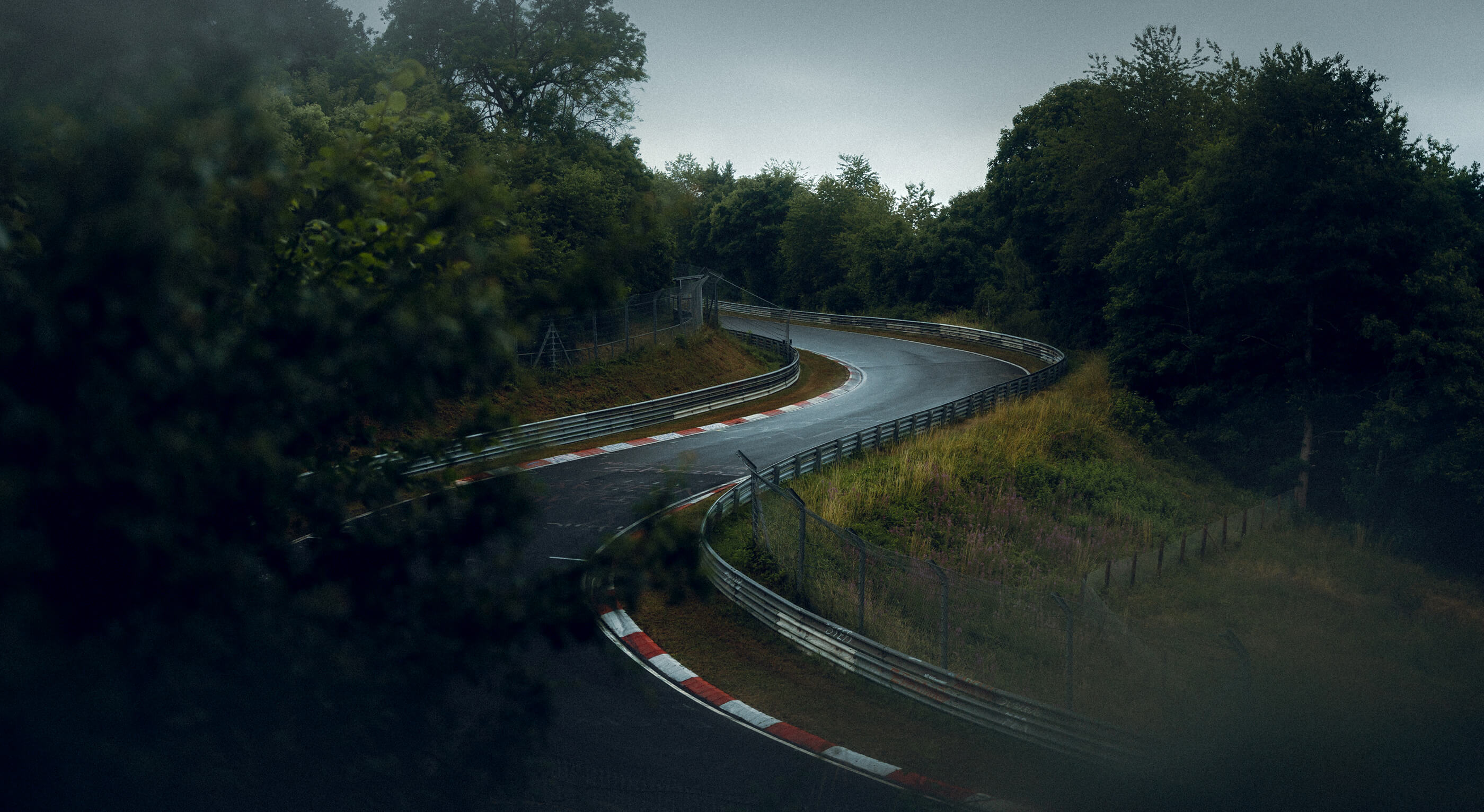
A Legendary Circuit with Deadly Challenges

The layout and extreme length of the Nordschleife
Built through the Eifel Mountains terrain in the 1920s, the old Nordschleife followed the natural contours of the landscape across 22.835 kilometres. This historic layout featured 154 corners, compared to the current 20.832 kilometre configuration with 73 corners, making the original the second-longest track ever to feature on the F1 calendar. Elevation changes soar 300 metres and the track width rarely exceeds 9 metres, forming an environment where barriers sit very close to the racing lines. Discover how the Nordschleife still draws motorsport enthusiasts from all over the world in our Nürburgring Weekend Guide.
Want to relive the myth of the "Green Hell"? Read the full story to learn how this circuit earned its fearsome reputation.
Sudden weather changes and technical unpredictability
The Eifel Mountains generate weather systems that transform conditions without warning. Drivers might encounter blazing sunshine in one section while another remains shrouded in mist. Sudden downpours can drench certain corners completely and leave others bone dry.
Early concerns from F1 drivers like Jackie Stewart
Sir Jackie Stewart’s 1968 victory through rain and fog led to lasting safety concerns. The nickname he gave the track, "Green Hell," carried both admiration and recognition of its threatening potential. Stewart’s safety campaign gained traction when drivers voted to boycott the circuit in 1970, forcing modifications.
Yet everyone understood the fundamental truth: no amount of tweaking could make 22.835 kilometres of narrow forest road genuinely safe for the premier class of motorsport. The question of why Formula 1 no longer races on the Nordschleife was becoming increasingly urgent as cars continued to grow faster.
The 1976 German Grand Prix - Turning Point

Niki Lauda’s crash and near-death experience
On 1 August 1976, Niki Lauda attempted to cancel the Grand Prix through a driver vote. As reigning champion and the only man to lap the Nordschleife in under seven minutes, his fears commanded attention, but his motion failed by one vote.
Lap 2 changed everything. Lauda’s racecar approached the kink before Bergwerk when a magnesium suspension component catastrophically failed. The lightweight part shattered under the forces the circuit imposed, sending his car into barriers where it erupted into flames before bouncing back across the track.
Emergency response issues and driver rescue
Fifty-five seconds. That’s how long Lauda remained trapped at over 400 degrees Celsius. No marshals were nearby; fire services faced minutes-long response times across impossible distances.
It took fellow drivers stopping their races to attempt a rescue, as Guy Edwards, Arturo Merzario, Harald Ertl, and Brett Lunger extracted their colleague from the burning wreckage.
How the event reshaped F1 safety standards
Lauda lost most of his right ear, eyelids, eyebrows, and hair on one side of his head. Toxic fumes damaged his lungs, and facial scarring would mark him for life. Yet remarkably, he returned to racing just six weeks later with characteristic determination, eventually claiming two more world championships.
His accident became the catalyst for significant safety improvements throughout Formula 1. New circuit standards emerged alongside rewritten medical protocols and evolving car regulations. A sport that had accepted fatalities as part of racing began treating driver protection as a serious engineering priority.
Why the Nordschleife No Longer Meets F1 Standards
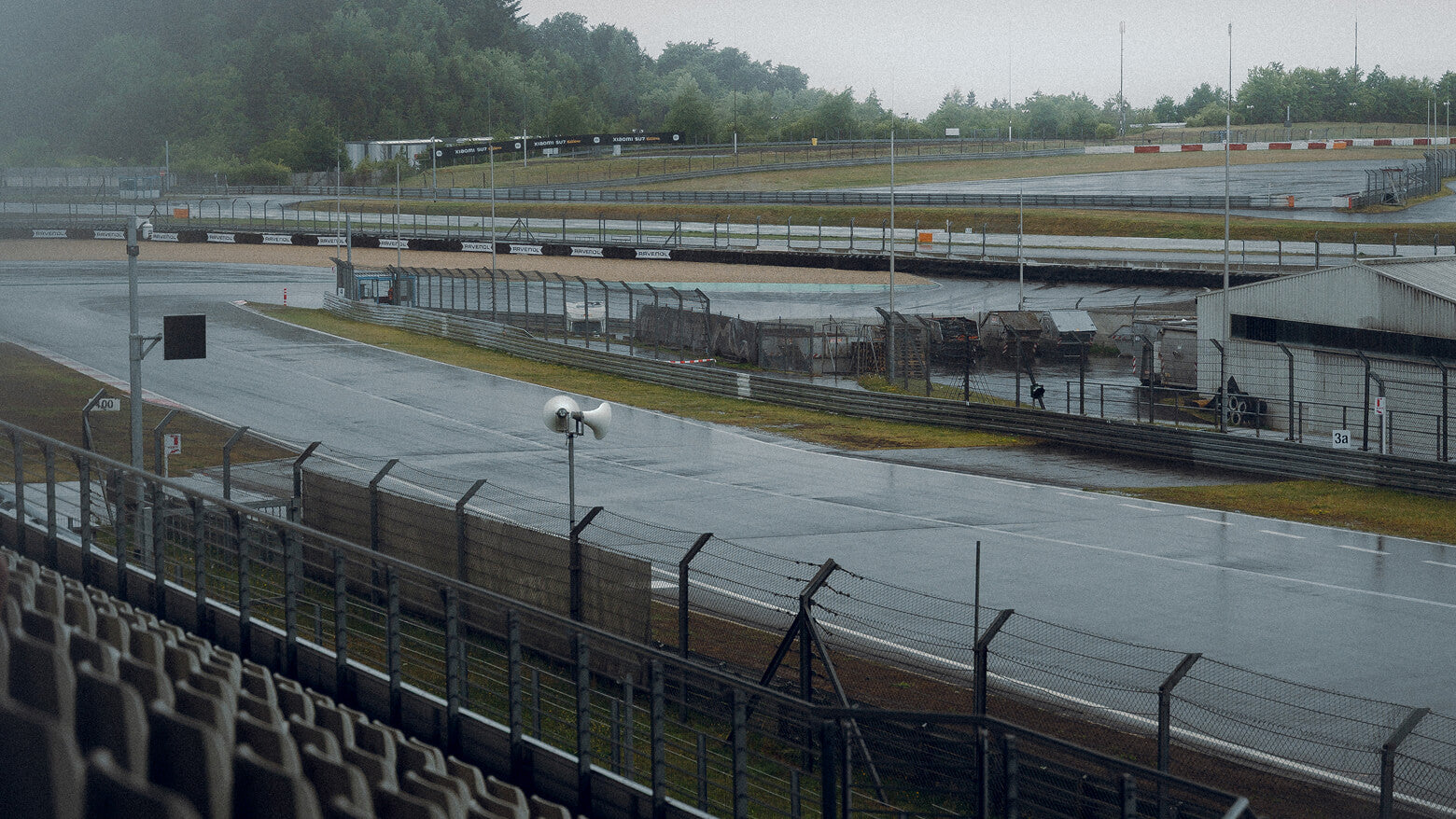
Length, logistics and track layout problems
The scale of the challenge became clear through simple practicalities. By the 1970s, the German Grand Prix required five times more marshals and medical staff than a typical F1 race. Mechanical failure at distant sections meant journeys of up to seven minutes back to pit facilities, turning manageable issues into significant setbacks. These challenges had become increasingly difficult to justify.
Incompatibility with modern F1 cars (suspension, ground effect)
Modern Formula 1 cars rely heavily on finely tuned aerodynamics and ground-effect designs that maintain precise ride height to generate maximum downforce. The Nordschleife’s bumpy, uneven surface would constantly disrupt this delicate balance, reducing effectiveness compared to purpose-built circuits. F1 cars’ stiffer suspensions, engineered for smooth modern tracks, struggle under these conditions, decreasing mechanical grip and adding unpredictability.
Broadcast and media challenges over a 22.835 km track
As television became increasingly important to the Formula 1 business model, the Nordschleife proved incompatible with broadcasting needs. The circuit’s proportions created severe coverage challenges that television producers couldn’t overcome. What had once defined motorsport authenticity was now misaligned with F1’s evolving commercial requirements.
Could Formula 1 Return to the Nordschleife One Day?
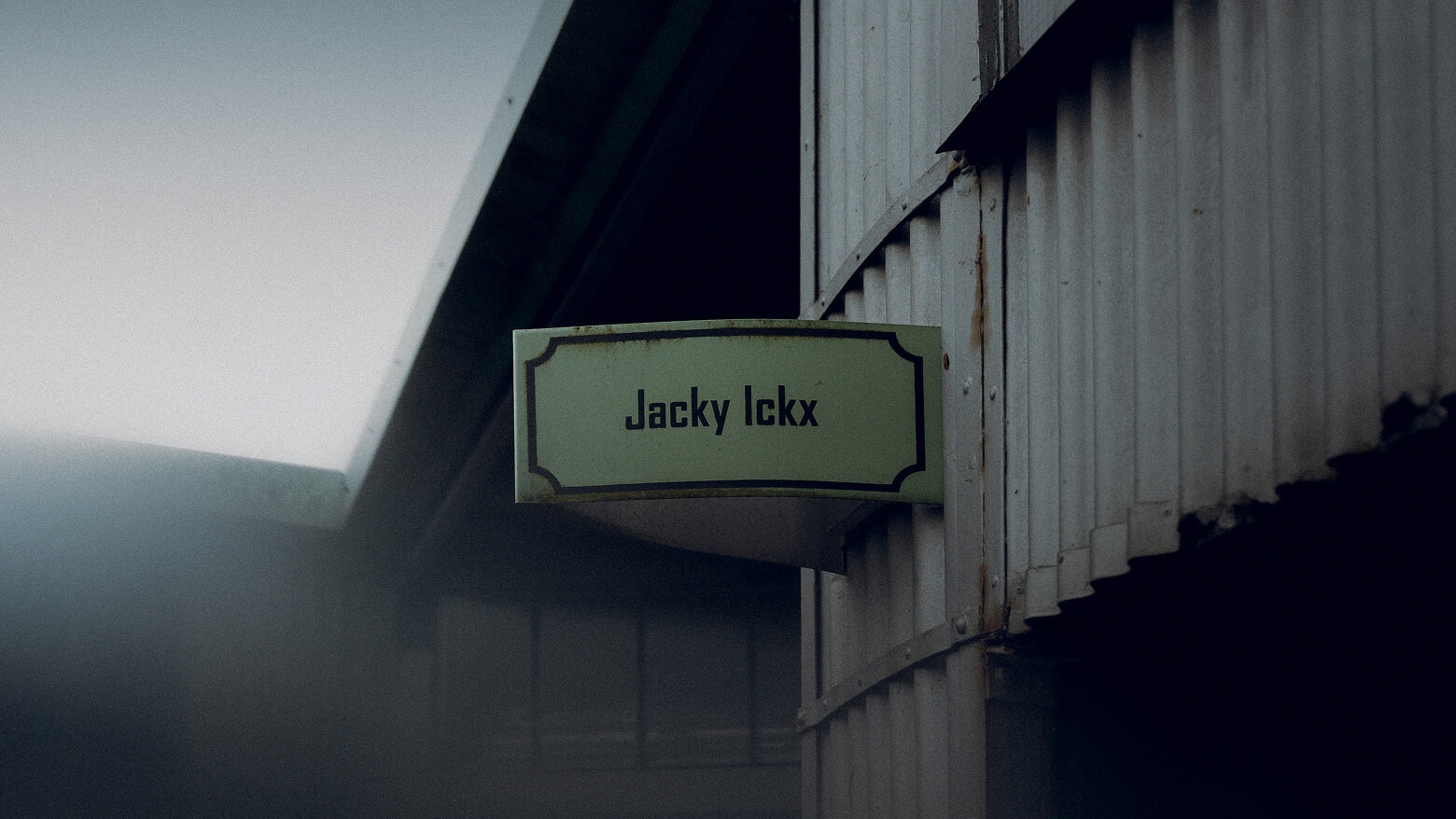
Financial and insurance barriers
Bringing the Nordschleife up to modern safety standards would require reconstruction on a massive scale. The infrastructure investment would represent one of motorsport’s most expensive projects, while insurance and liability concerns generate additional obstacles that make such an undertaking unrealistic.
The 2020 Eifel GP and post-1976 appearances
Formula 1 did return to the Nürburgring in 2020 on the modern GP-Strecke built in 1984. Lewis Hamilton’s victory equalled Michael Schumacher’s record, yet unfolded on sanitised tarmac bearing little resemblance to the wild original.
The Nick Heidfeld Nordschleife demo 2007 attracted 45,000 spectators, though even this controlled exhibition required significant setup compromises and represented entertainment rather than genuine competition.
Experience the Nordschleife Like Never Before

Formula 1’s departure from the Nordschleife reflected motorsport’s broader maturation from extremely risky spectacle into a sophisticated global championship. Safety concerns dismissed as excessive in 1976 proved prescient as technology advanced and speeds increased. Yet the circuit’s enduring appeal demonstrates that some legends deserve to remain untamed, reserving for today’s drivers and passengers the authentic challenge that Formula 1 ultimately outgrew.
Planning a visit to the Nürburgring? Nürburgring Weekend Guide offers comprehensive guidance for those seeking their own encounter with this legendary venue.
You may not drive an F1 car, but you can feel the same thrill. With Genesis Track Taxi’s professional drivers at the wheel, you can experience the circuit’s legendary challenge while benefiting from expert knowledge and safety protocols that regular tourist driving cannot provide. Our experienced drivers know every corner and condition, ensuring you can enjoy the extreme nature of the Nordschleife safely.
Reserve your Genesis Track Taxi experience now and discover why this extraordinary circuit continues captivating drivers decades after the pinnacle of motorsport “Formula 1” moved to safer ground.
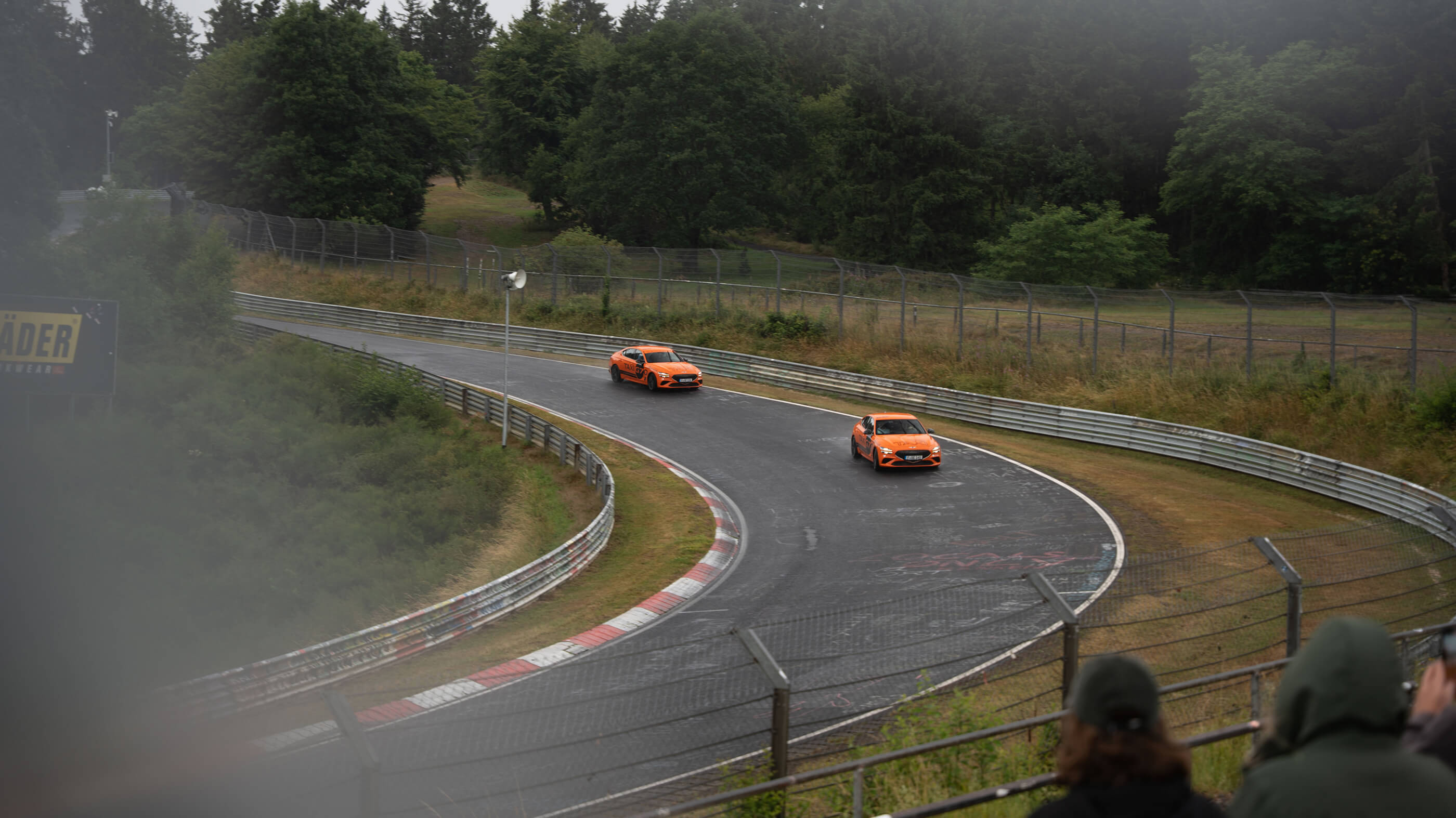
Discover our magazine
View All
Getting to the Nürburgring: transport guide for Genesis Track Taxi
Complete transport guide to the Nordschleife for Genesis Track Taxi visitors. Nearest airports, d...
Read more
Genesis G70: the Perfect Automotive Match for the Nürburgring
Book your Genesis G70 Track Taxi ride and feel the G70’s power. Pro drivers, twin-turbo thrills, ...
Read more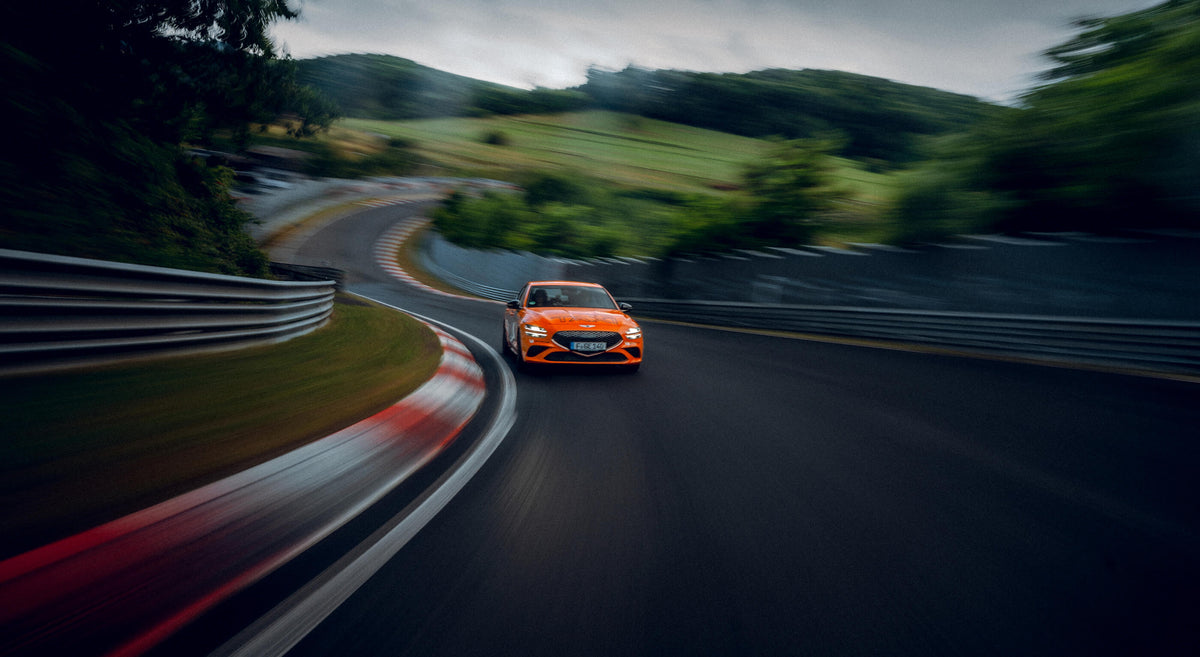
Is the Nürburgring a Public Road? Legal Status & 2025 Rules Explained
Discover the legal truth about the Nürburgring’s public road status during Touristenfahrten, insu...
Read more